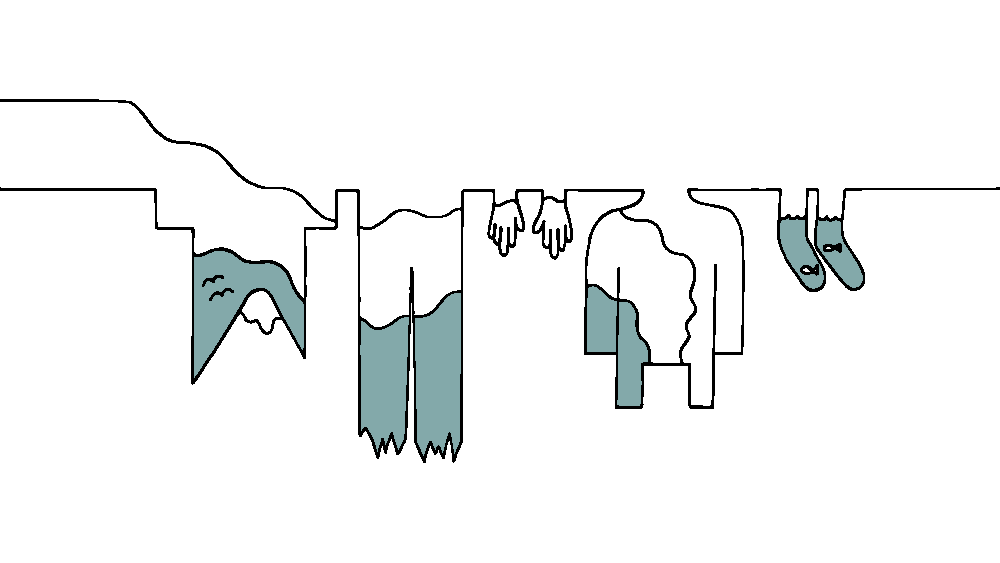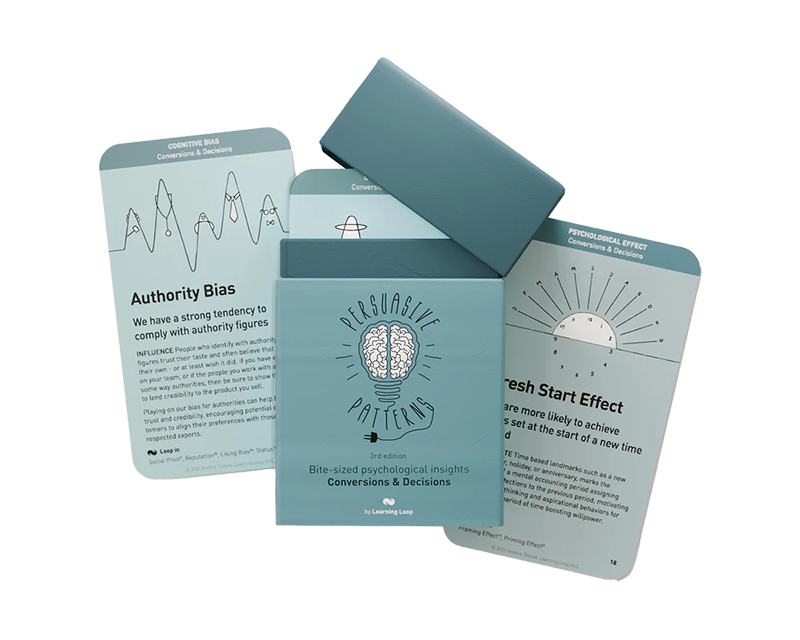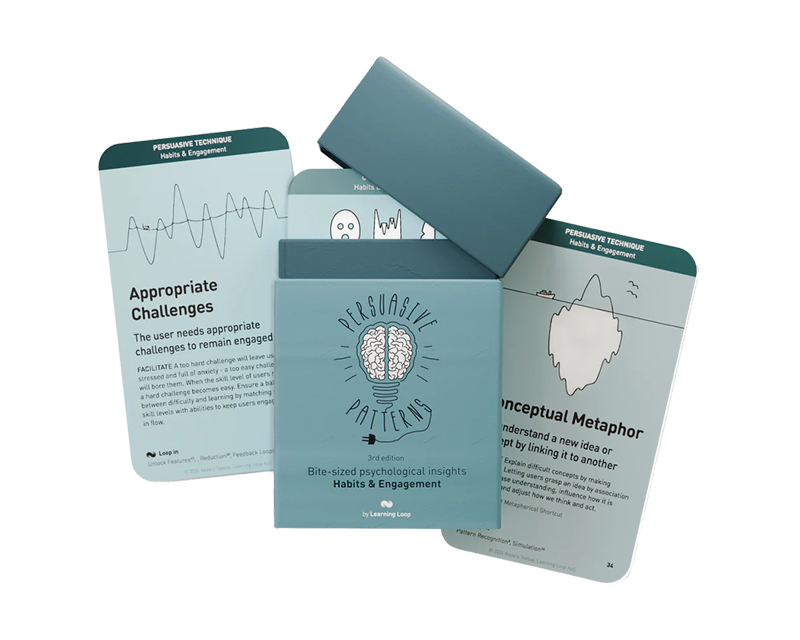Workshop Exercises: Evaluate
Dark Reality
Assess negative impacts, ethical dilemmas, and unintended consequences

Why: Identifies and addresses ethical and social implications of design choices for responsible, inclusive solutions
When: Apply in evaluating solutions and interventions for ethical soundness and long-term impact
This workshop exercise aims to critically assess potential negative impacts, ethical dilemmas, and unintended consequences of a design project. This exercise encourages participants to consider a broad range of ethical implications and to develop a more ethically sound and well-rounded product.
Products and designs often have unforeseen impacts that go beyond their intended use. By anticipating these scenarios, designers can mitigate risks and prevent harmful outcomes. This will help craft products that are safe, inclusive, and beneficial for a wide range of users.
The exercise reinforces the responsibility of designers to consider the broader implications of their work. It encourages a mindset where ethical considerations are integral to the design process, rather than an afterthought.
The workshop allows designers to identify and address ways in which a product might inadvertently exclude or disadvantage certain groups. It promotes a holistic view of the product’s role in society, encouraging designs that contribute positively to social welfare.
Ethically sound products are more likely to build and maintain user trust being concerned about ethical issues can enhance brand reputation and loyalty.
The strategy employed in the exercise is a structured open-ended approach to stimulate critical thinking and discussion. The use of targeted questions prompts participants to think deeply about the potential negative aspects of their designs. Each trigger question is designed to cover a range of ethical and social considerations, ensuring a comprehensive evaluation.
Group discussions facilitate the sharing of diverse perspectives, leading to a more nuanced understanding of the ethical implications of the design. Collaboration encourages collective responsibility for the ethical outcomes of the design process.
The workshop is structured to move from problem identification to the development of actionable strategies to address identified issues. This shift from discussion to action ensures that ethical considerations translate into concrete changes in the design process.
Alternative question for mindful and ethical design
The list of questions below is an extension to those proposed in the exercise itself. It seeks to create a structured approach to critically assess the ethical and social dimensions of a design project. Each question aims to broaden the participants’ perspective and encourage thorough consideration of the product’s potential negative outcomes, fostering more responsible and user-centered design decisions.
Ethical Considerations
- How might our design unintentionally exploit user vulnerabilities, such as emotional, cognitive, or financial?
- Are there any ways our design could disproportionately impact marginalized groups?
- Could the design promote unhealthy behaviors or create dependencies?
- What emotional burdens might we be placing on users through our product?
- How does the design respect users’ dignity, rights, and autonomy?
- Could this product inadvertently reinforce existing social biases or inequalities?
Long-term Impact
- How might this design affect users’ well-being over the long term?
- What future problems could arise if this design becomes widely adopted?
- How might this design contribute to or hinder societal progress in 5-10 years?
- Could our product foster negative societal trends, like isolation, overuse, or addiction?
- In what ways might the long-term use of this design affect mental or physical health?
Misuse and Abuse
- In what ways could this design be manipulated to harm others or spread misinformation?
- How could bad actors misuse this product for unintended purposes?
- What safeguards are in place to prevent this design from facilitating harmful activities?
- Could our design be exploited to invade privacy or bypass security measures?
- Are there ways that users could misuse our product to manipulate others?
Inclusivity and Accessibility
- Who is left out by this design, and why?
- How accessible is this product to people with disabilities or varying needs?
- How can we ensure that our design adapts to diverse cultural contexts?
- What barriers exist for certain user groups in accessing or using this product?
- Does the design respect the diversity of our user base in terms of language, gender, and background?
Transparency and Trust
- Is the product clear about how it uses and processes user data?
- How could we enhance transparency around the decision-making processes within our design?
- How are we building and maintaining trust between our users and the company?
- Does the design include mechanisms for users to challenge decisions or request clarifications?
- In what ways might we be capitalizing on user ignorance or lack of awareness?
User Autonomy and Well-being
- How does the design give users control over their choices and actions?
- Are there elements of the design that could unintentionally manipulate or pressure users?
- In what ways could this design promote or detract from a balanced, healthy user lifestyle?
- How do we ensure that users can easily disengage from or take breaks from our product?
- Are we providing sufficient guidance to help users make informed decisions?
Data Security and Privacy
- How secure is the data we collect, and could it be vulnerable to breaches?
- Are we collecting any data that isn’t essential to the product’s functioning?
- What steps are we taking to ensure users’ personal information is safe from misuse?
- Does our product provide users with meaningful control over their data?
- Could our data handling practices lead to a loss of user trust?
Business Ethics
- How could short-term business gains harm long-term user satisfaction or trust?
- Does our business model create conflicts of interest that might disadvantage users?
- How are we balancing profit motives with user well-being?
- Could our revenue model create dependencies or lead to unethical outcomes?
- Are we being transparent about how monetization affects the user experience?
Cultural Sensitivity
- Could any aspects of the design inadvertently offend or alienate certain cultures or groups?
- How are we ensuring that our product is culturally respectful and appropriate?
- In what ways could our design reinforce harmful stereotypes or assumptions?
- Does the design allow for adaptation to local customs and cultural practices?
- How can we ensure our design is inclusive and non-discriminatory in diverse settings?
Instructions for running this play
- Introduce the exercise
Briefly introduce the Dark Reality exercise - Set the context
Provide a concise overview of the design project or behavioral intervention under review, highlighting specific goals, target users, and key features. - Answer trigger questions
Hand out a list of pre-prepared trigger questions or prompts focused on ethical considerations and potential negative impacts. They should each challenge assumptions and explore potential negative consequences of the design. Example questions might include:
- What emotional experience will we leave users with this design?
- How could this design unintentionally harm certain user groups?
- What are the long-term societal impacts of this design?
- How might this design be misused or abused?
- Does our design accommodate the need for user breaks and disengagement?
- How does this design support and respect the user’s ability to make choices?
- How does this design create mutual benefits for both the customer and the business?
- Are there any short-term tactics in this design that could potentially harm long-term user relationships?
- What unintended consequences could arise from this design/intervention?
- Could this intervention compromise user privacy or data security?
- Is there a risk of causing dependency or overuse among users?
- Could any aspects of this design be perceived as manipulative or coercive?
- Does this design respect cultural differences and avoid stereotypes?
- Listing implications
Let participants do a 10 minute Silent Storming exercise, writing down specific insights, concerns, or questions that arise from the trigger questions on separate individual sticky notes. - Group Discussion
Break participants into small groups for 15 minutes to discuss their thoughts and insights based on the trigger questions. Have each group Playback their main insights to the broader group. - Consolidate and commit
Reconvene as a larger group to consolidate insights and develop an action plan that addresses identified ethical concerns and potential negative impacts.
Tips to perfect this play
Master and adapt the play to fit your context and needs.
Tip
Hand out trigger questions early to help participants focus.
Tip
Encourage diverse perspectives in answering each question and ensure questions target potential negative impacts clearly.
Tip
Use silent storming to give everyone time for personal reflection.
The Persuasive Patterns card decks is a collection of 80 design patterns driven by psychology, presented in a manner easily referenced and used as a brainstorming tool.
Get your deck!- 59 Questions for Mindful UX Design by Clo S
- Daily Ethical Design by Lennart Overkamp

